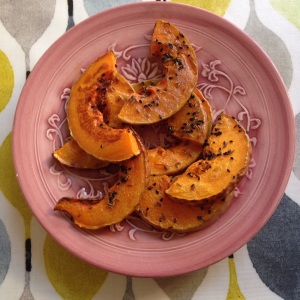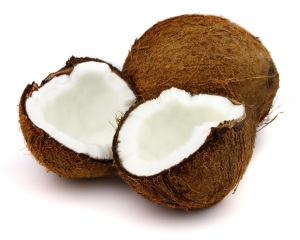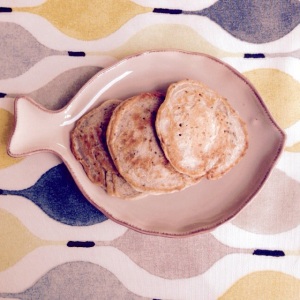A little word on allergies. The most important advice I can share both as a Mother and Nurse is that if you have suspicions that your baby or child has a food allergy, please ensure that you seek referral to a specialist allergy service. By this I mean speak to your GP/Health Visitor/Paediatrician and discuss referral. It’s paramount not to embark on an exclusion diet for your child or yourself (if breastfeeding) without specialist dietary support. My advice would be to avoid intolerance/allergy testing provided by health food shops, alternative health practitioners and such like. They are not supported by evidence base or research, at best they can be a complete waste of time and money and at worse detrimental to health. Growing babies and children need optimal nutrition to develop and it is vital food groups are not omitted without dietary advice.
Infant milks
Babies reacting to normal formula milks may need prescription only specialist milks. Goat and soy based milks are not recommended for infants. Please seek specialist advice. If you suspect your child has a cows milk protein allergy more information can be found here :
http://www.isitcowsmilkallergy.co.uk/
http://www.allergyuk.org/advice-for-parents-with-a-new-baby/is-my-child-allergic-to-cow-s-milk-protein
Breastfeeding Mums
If you are a breastfeeding mother and suspect your baby is reacting to your breastmilk, then an exclusion of cows milk protein from your diet may be necessary, if this is the case you need to ensure you are obtaining adequate calcium and will likely need supplementation, Breastfeeding mothers require 1200 mg calcium per day, again support from a Dietician is vital. There are a fantastic range of non dairy milks available in all supermarkets now which include oat, coconut, almond, hazelnut, hemp, soya and rice milks. Look out for milks fortified with calcium, remember there are lots of non-dairy sources too, some of the highest calcium containing foods include soya beans, chickpeas, tofu, watercress, parsley, dried figs, almonds, sesame seeds and tahini paste. Some babies may react to soya products too. Many of my recipes are great for breastfeeding Mums, I’m currently on an exclusion diet of dairy and soya as my daughter has delayed allergies to both-another reason for starting this blog ! It can feel hugely overwhelming at first having to completely cut out food groups, but it is totally achievable and not as difficult as you think. I found it challenging at first, 5 months later it’s pretty normal and it’s not forever after all……………




